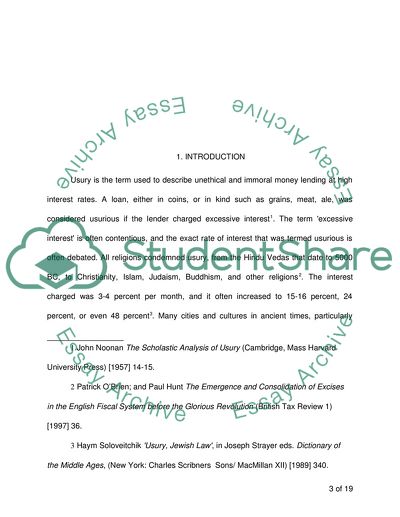Cite this document
(“One from the following two: To what extent did legal doctrine mirror Essay”, n.d.)
Retrieved from https://studentshare.org/law/1659922-one-from-the-following-two-to-what-extent-did-legal-doctrine-mirror-commercial-practice-in-the-development-of-bills-of-exchange-or-was-the-usury-prohibition-an-insurmountable-obstacle-to-the-development-of-commerce-and-finance
Retrieved from https://studentshare.org/law/1659922-one-from-the-following-two-to-what-extent-did-legal-doctrine-mirror-commercial-practice-in-the-development-of-bills-of-exchange-or-was-the-usury-prohibition-an-insurmountable-obstacle-to-the-development-of-commerce-and-finance
(One from the Following Two: To What Extent Did Legal Doctrine Mirror Essay)
https://studentshare.org/law/1659922-one-from-the-following-two-to-what-extent-did-legal-doctrine-mirror-commercial-practice-in-the-development-of-bills-of-exchange-or-was-the-usury-prohibition-an-insurmountable-obstacle-to-the-development-of-commerce-and-finance.
https://studentshare.org/law/1659922-one-from-the-following-two-to-what-extent-did-legal-doctrine-mirror-commercial-practice-in-the-development-of-bills-of-exchange-or-was-the-usury-prohibition-an-insurmountable-obstacle-to-the-development-of-commerce-and-finance.
“One from the Following Two: To What Extent Did Legal Doctrine Mirror Essay”, n.d. https://studentshare.org/law/1659922-one-from-the-following-two-to-what-extent-did-legal-doctrine-mirror-commercial-practice-in-the-development-of-bills-of-exchange-or-was-the-usury-prohibition-an-insurmountable-obstacle-to-the-development-of-commerce-and-finance.


